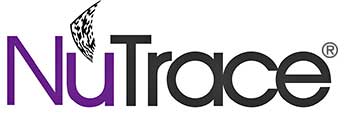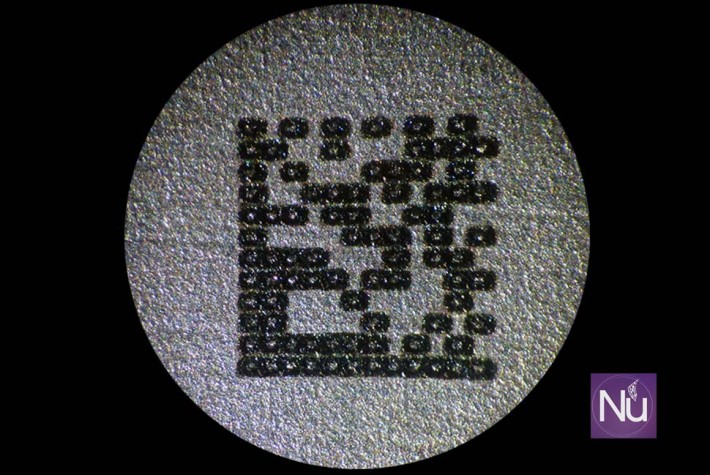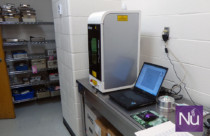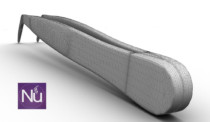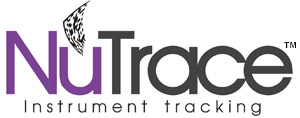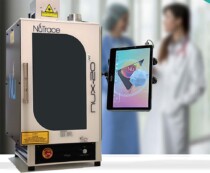If you are planning or starting the process of tracking at the instrument level
you want to continue reading.
Surgical instrument tracking is the “new kid on the block” and as we learn more about it, more questions keep surfacing. There are two ways to track surgical instruments in the chain supply; either tracking by the tray or tracking at the instrument level.
Tracking at the tray level is pretty much where we all stand right now. Thousands of trays are labeled with a bar-code and the tracking software looks for that code then tells you where the tray is along with its position in the supply chain. The problem is we know or at least we assume the content of the tray is complete but, when we have five-ten-twelve sets of the same trays, we easily can mix up instruments. This occurs in between because we don't know which instrument is which and this potentially creates complications. Accountability and patient safety are of great concern when you need to research down to the granular level to investigate a “never” event.
Tracking at the instrument level gives you a complete control of every single instrument that belongs to every single tray that belongs to every single set in the supply chain. Most manufacturers like Aesculap, have been extremely proactive by marking their instruments with a 2D Data-matrix code (the little square) you see on most of their instruments.
If you are looking at or starting the process of tracking at the instrument level, you have heard different techniques for marking your existing instruments in order to track them among the trays and sets. The software you use is irrelevant but, the mark must be a perfect mark with a perfect inventory number for your hospital. Otherwise you will lose money and time by having invested all of this time marking only to find out your mark won't last that long or your reader cannot read it. This would be catastrophic for your hospital.
Many companies are using Electrolysis for instrument etching, if you do it in house or someone else is doing it for you this is a technique I personally would not recommend. Is it messy, long and at some point dangerous for the environment, (Electrochemical conductor) not to mention the single mask you have to use on each instrument. The fixed size of the mask heavily limits your ability to mark small instruments (eyes for example) and if you need to re-use the mask, good luck finding number 35566645671 in the group of thousands of masks you will have. Also the superficial mark will fadeout very quickly under the daily heavy instrument reprocessing job.
Laser etching on the other hand is how all manufacturers and NuTrace mark surgical instruments. The power of computer gives you total control, not only in the inventory but the size of the mark. It is quick, safe and extremely reliable. The time you will spend electro-etching an instrument would be the same time would take you to laser mark the content of a small tray. Because of the fact that you can easily control the depth of the mark, it makes it easily extends the longevity of the mark. Concerned about the instrument's passivation? Don't be… we have mastered the perfect set up for the laser not to dig into the instrument, but we have a standard way to re-passivate your instruments in minutes, approved standard for healthcare. If you need more information about our fiber laser or have questions about instrument passivation please contact us
